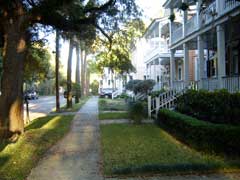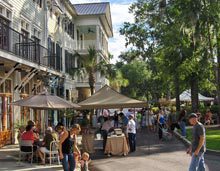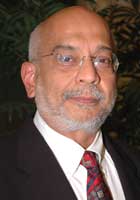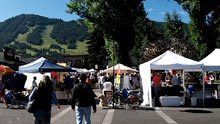 The holiday season brings our streets to life. Many Beaufort Christmas traditions are based outdoors, and specifically on the street: Night on the Town, caroling, parades with Santa, embellishing the street lights with festive décor. People all over the county, the country and the world wrap their homes, yards, porches and roofs with light and holiday decorations. What do all of these traditions have in common? They are focused around the street.
The holiday season brings our streets to life. Many Beaufort Christmas traditions are based outdoors, and specifically on the street: Night on the Town, caroling, parades with Santa, embellishing the street lights with festive décor. People all over the county, the country and the world wrap their homes, yards, porches and roofs with light and holiday decorations. What do all of these traditions have in common? They are focused around the street.
The street is the most basic element of the public realm that everyone encounters on a daily basis.
The quality of their encounter, however, depends on the design of the street. So what makes a great street? Based on simple observation and work experience, the urban edge studio in Charleston developed these rules for good streets. It is the hope of the CNU that communities will use these simple guidelines to inform their decisions when making choices about how their streets are planned, designed, built, and used.
1. Great communities respect the value of the street as an important part of the public realm. They do this because the design of a community’s streets plays a major role in determining the overall character of the place. If we don’t respect the role of the street in creating urban form, we deprive the citizenry of the civic experience of interaction and engagement and take away their sense of place.
2. Great communities strive to create a connected street network. They do this because a web of interconnected streets, with shorter block lengths, is more efficient and provides more choices for routes, which allows for easier walking and bicycling and more dispersed (less congested) vehicular traffic.
web of interconnected streets, with shorter block lengths, is more efficient and provides more choices for routes, which allows for easier walking and bicycling and more dispersed (less congested) vehicular traffic.
3. Great communities provide great sidewalks. They do this because it is important to build streets that make pedestrians feel safe and comfortable so that people will consider walking as a real option. Great sidewalks are often separated from the traffic with planters or verges with street trees or on-street parking to provide a better pedestrian experience. They also need to be wide enough to accommodate everyone that uses them.
4. Great communities think about trees. They do this because the urban tree canopy provides shade for the pedestrian and reduces heat build up from vast paved surfaces. They also provide an element of beauty, provide seasonal change, and help (along with buildings) to form a visual edge along the street.
5. Great communities plan for different kinds of transportation. They do this because relying solely on the automobile excludes a significant portion of the population from the ability to get around. It also increases the carbon footprint of a community. Besides, more people can be more mobile (and even use less energy) when there are opportunities to walk, bicycle, or ride a streetcar, bus, or train.
6. Great communities think about controlling vehicle speed. They do this because streets are not safe or comfortable for pedestrians and bicyclists when cars are whizzing by at excessive speeds. Great communities use both design and posted speed limits to tame traffic, as posted speed limits do not work by themselves. Pedestrians and cyclists are much more susceptible to serious injury in high speed areas.
7. Great communities keep their street’s lane widths as narrow as possible. They do this because tighter lanes help control the speed of vehicles and reduce the pedestrian crossing distances, resulting in safer streets. When lanes are too wide they encourage higher speeds, regardless of posted speed limits.
8. Great communities consider how people cross the street. They do this because well-designed curb ramps, crosswalks, crossing signals, and refuge areas make crossing the street safer and more comfortable for the pedestrian. Pedestrian crossings can also have a calming effect on traffic.
9. Great communities control street clutter. They do this because less visual clutter from signs and utilities makes the street easier and safer to navigate by vehicle and more appealing for pedestrian travel. Reducing the clutter from excess signs, utility poles, and wires also makes the street more beautiful.
10. Great communities promote beauty. They do this because no citizen should ever have to live, drive, or walk on a street that is not beautiful. After all, the great majority of our common civic spaces are found in our streets.
This article was written for Lowcountry Weekly by the Congress for the New Urbanism – Carolinas Chapter. For more information, visit www.cnu.org








